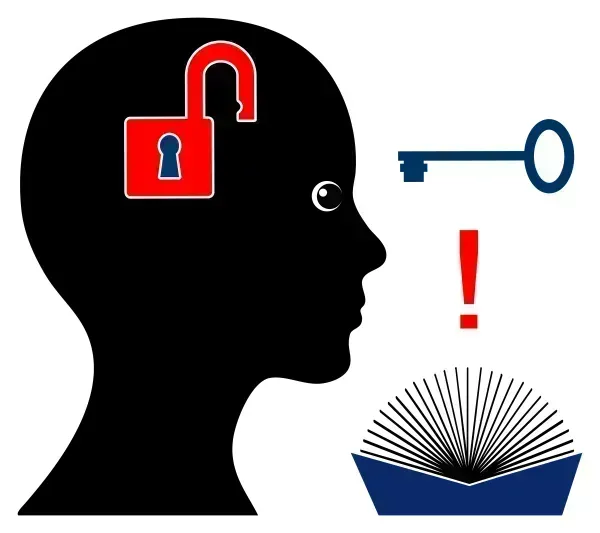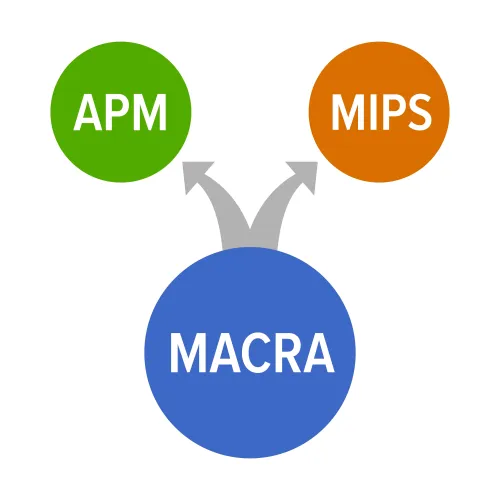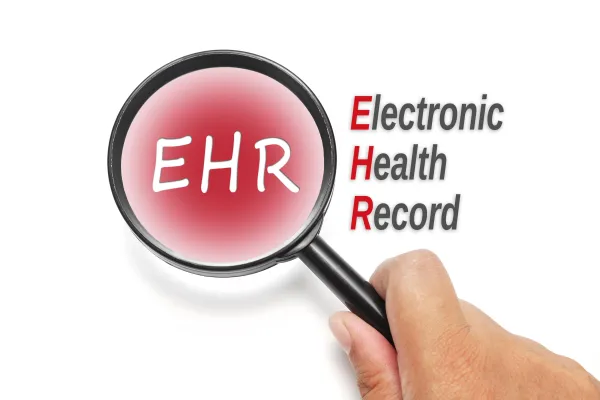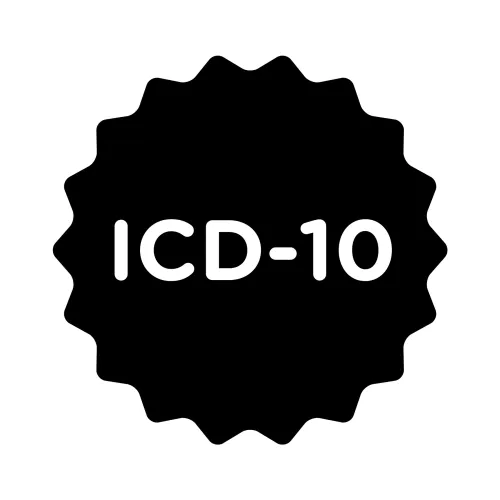Podiatry Coding & Billing Alert
Navigate Hurricane Aftermath, Underdosing, and Neoplasm ICD-10 2019 Guidelines With Ease

Hint: You should never report an underdosing code as the principal diagnosis.
CMS recently released the 2019 ICD-10-CM Official Guidelines for Coding and Reporting. Although you won’t see any podiatry specific additions and revisions, you should still observe some significant changes that could help you protect your reimbursement.
Don’t miss: The new guidelines go into effect on Oct. 1, 2018.
Catch This Hurricane Aftermath Section Addition
The 2019 guidelines add new section I.B.19 in to the “General Coding Guidelines” section, which specify how you should code healthcare encounters during a hurricane’s aftermath. Take a look at the following external cause code rules to remember when reporting after a hurricane.
Rule 1: You should report external cause of morbidity codes to identify what caused the patient’s injuries as a result of the hurricane, per the guidelines. However, never report an external cause code as a patient’s principal diagnosis. Instead, you should sequence the correct injury code before an external cause code. Pertinent details that external cause codes describe include the cause of the injury; the intent; where the injury occurred; the patient’s activity at the time of the injury; and the patient’s status (whether civilian or military).
Don’t miss: In the aftermath of a hurricane, the guidelines consider a healthcare setting “any location where medical care is provided by licensed healthcare professionals.”
Rule 2: When it comes to sequencing, codes for hurricanes and other cataclysmic events should take priority over external cause codes, per the guidelines. So, you should sequence cataclysmic event external codes before other external cause of injury codes. Exception to the rule: Child and adult abuse and terrorism external cause codes should take priority over all other external cause codes, including cataclysmic events.
Always report as many external cause codes as needed to fully describe each cause. If a patient sustains an injury as a direct result of the hurricane, report the correct code for his injuries, followed by X37.0XX- (Hurricane) (with the appropriate 7th character A, D, or S) and include any other applicable external cause of injury codes. Code X37.0XX- includes any injuries a patient receives as the result of flooding caused by a levee breaking related to the hurricane.
Don’t miss: You should report X38.XXX (Flood) (with the appropriate 7th character) if the patient’s injury was caused from flooding resulting directly from the storm. However, do not report X36.0XX- (Collapse of dam or man-made structure causing earth movement) when the hurricane causes the collapse. Instead, you should only report X36.0XX- for collapses of man-made structures due to earth surface movements, not for storm surges caused by hurricanes.
Rule 3: If a patient sustains an injury that did not result directly from the hurricane, then you should report the correct external cause code to describe the injury’s cause, but do not report X37.0XX-. However, if it’s not clear whether the patient’s injury was a direct result of the hurricane, you can assume the injury was due to the hurricane and report X37.0XX-, per the guidelines, along with any other applicable external cause of morbidity codes.
Coding solution: The podiatrist has seen an influx of patients after a category 5 hurricane swept through the coast, leaving devastation in its wake. Today, an established patient came in with a displaced bimalleolar fracture of her right lower leg, an open fracture type IIA. You would report the injury with S82.841C (Displaced bimalleolar fracture of right lower leg, initial encounter for open fracture type IIIA, IIIB, or IIIC).
This patient sustained her injury as a direct result of the hurricane, so you should report X37.0XXA. The patient fractured her ankle as a result of tripping and falling over debris in a flooded area while she was helping rescue her next-door neighbor’s teacup poodle. You should also report X38.XXXA.
Use These Neoplasm Z Codes With Caution
There are also some changes to Chapter 2, the neoplasms chapter, in section m, “Current malignancy versus personal history of malignancy.”
You should report a code from category Z85- (Personal history of malignant neoplasm) to indicate the former site of the malignancy when the following criteria have been met, according to the guidelines:
- The physician previously excises or eradicates a primary malignancy from its site.
- There is no further treatment of the malignancy directed to the site.
- There is no evidence of any existing primary malignancy at that site.
The guidelines also offer additional information to help you distinguish between codes from subcategories Z85.0- (Personal history of malignant neoplasm of digestive organs) through Z85.7- (Personal history of other malignant neoplasms of lymphoid, hematopoietic and related tissues) and codes from subcategory Z85.8- (Personal history of malignant neoplasms of other organs and systems).
Codes from subcategories Z85.0 through Z85.7-: You should only report these codes for the former site of a primary malignancy, not the site of a secondary malignancy.
Codes from subcategory Z85.8-: You can report these codes for the former site(s) of either a primary or secondary malignancy included in this subcategory.
Highlight This Underdosing Clarification
In Chapter 19, e. 5. c. you will also find some new information about underdosing which is defined as “taking less of a medication than is prescribed by a provider or a manufacturer’s instruction,” according to the guidelines. Now, you should note that if a patient stops taking a prescribed medicine as his own choice, not as directed by his physician, this is also considered underdosing.
To report underdosing, you would look to Chapter 19 and pick a code from categories T36 through T50 (Poisoning by, adverse effects of and underdosing of drugs, medicaments, and biological substances). You should never report an underdosing code as the patient’s principal diagnosis.
The ICD-10 underdosing codes have proven helpful because physicians have seen an increase in cases of underdosing and the medical conditions associated with underdosing, according to Suzan Hauptman, MPM, CPC, CEMC, CEDC, AAPC Fellow, senior principal of ACE Med in Pittsburgh.
Don’t miss: “If a patient has a relapse or exacerbation of the medical condition for which the drug is prescribed because of the reduction in dose, then the medical condition itself should be coded,” according to the guidelines.
Also, you should report noncompliance codes Z91.12- (Patient’s intentional underdosing of medication regimen); Z91.13- (Patient’s unintentional underdosing of medication regimen); and Z91.14- (Patient’s other noncompliance with medication regimen) or complication of care codes Y63.6 (Underdosing and nonadministration of necessary drug, medicament or biological substance) through Y63.9 (Failure in dosage during unspecified surgical and medical care) with the correct underdosing code to indicate intent, if known.
Related Articles
Podiatry Coding & Billing Alert
- Mythbuster:
Shatter These Commonly-Believed Routine Foot Care Services Myths
Hint: Medicare’s routine foot care policy has a systemic condition exception. Reporting routine foot care [...] - Heel Spurs:
Confused by Your Heel Spur CPT® and ICD-10 Options? Read This
Hint: Don’t confuse calcaneal stress fractures and heel spurs. Do you know what ICD-10 codes [...] - ICD-10 2019:
Navigate Hurricane Aftermath, Underdosing, and Neoplasm ICD-10 2019 Guidelines With Ease
Hint: You should never report an underdosing code as the principal diagnosis. CMS recently released [...] - You Be the Coder:
Decipher This Skin Substitute Graft Scenario
Question: We are applying skin substitute grafts to ankle ulcers, and I have a question [...] - Reader Question:
Mark Down These Standard Documentation Requirements for Diabetic Shoes
Question: What are the standard documentation requirements for diabetic shoes? South Dakota Subscriber Answer: The [...] - Reader Question:
Get the Scoop on New Medicare Cards
Question: Can you explain what the Medicare Beneficiary Identifier (MBI) number on the new Medicare [...] - Reader Question:
Look to This Code for Bursal Sac Infection Removal
Question: The podiatrist made an incision through the patient’s skin and fascia in his right [...] - Reader Question:
Podiatrist Treated Plantar Fasciitis Without Heel Spur Excision? Read This
Question: What CPT® options do I have if the podiatrist treats plantar fasciitis alone and [...] - Reader Question:
Delve Into HIPAA for Greater Understanding
Question: Could you please explain how HIPAA defines a company as a “business associate” or [...]




